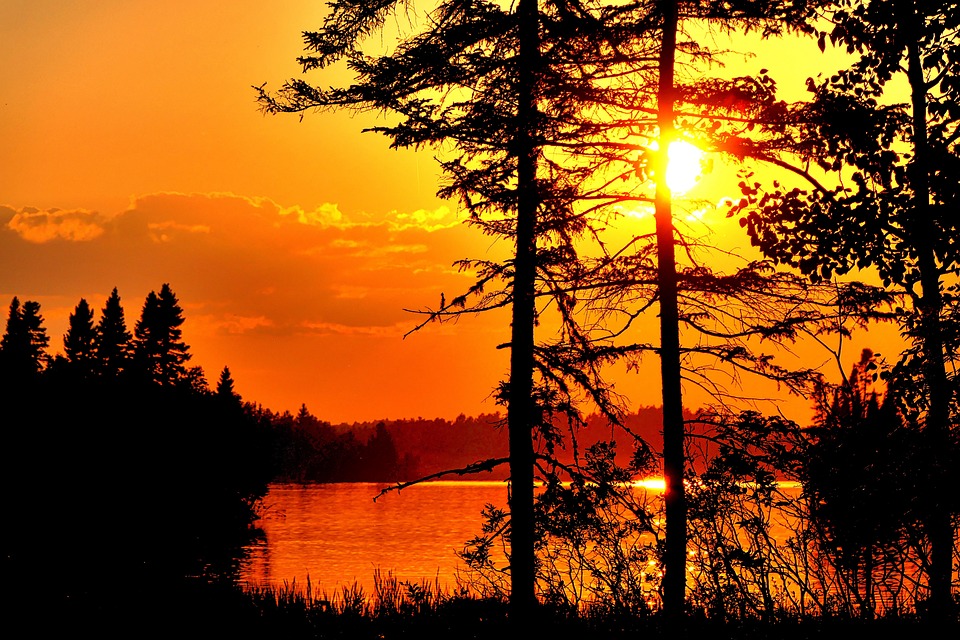Can Tankless Water Heaters Be Installed Outside in Cold Climates?
Tankless water heaters have gained popularity due to their energy efficiency and space-saving design. However, installing these units outdoors in cold climates presents specific challenges that need careful consideration.
1. Tankless Water Heaters: Indoor vs. Outdoor Models
Differences Between Indoor and Outdoor Tankless Units
Indoor tankless water heaters are typically installed inside homes to protect them from the elements, while outdoor models are specifically designed to withstand environmental factors. Outdoor units often come with weatherproofing features, enabling them to function effectively despite exposure to rain, snow, and temperature fluctuations.
Why Outdoor Installation Is Popular
Outdoor installations can save valuable indoor space and reduce the complexity of venting requirements. However, they also face challenges in cold climates, particularly regarding the risk of freezing.
2. Challenges of Installing Tankless Water Heaters Outdoors in Cold Climates
Risk of Freezing in Low Temperatures
One of the primary concerns with outdoor tankless water heaters is the risk of freezing. In sub-zero temperatures, the water within the unit and connected pipes can freeze, leading to potential damage. This freezing can result in burst pipes and costly repairs if not properly managed[1][3].
Wind and Exposure to Elements
Cold winds, rain, and snow can affect the performance and longevity of outdoor tankless water heaters. Wind chill can exacerbate freezing risks, while prolonged exposure to harsh weather conditions can shorten the lifespan of the unit if it is not adequately protected[2][6].
3. Solutions for Installing Tankless Water Heaters Outside in Cold Climates
Choosing a Cold-Climate-Specific Model
Selecting a model designed for cold climates is crucial. Many modern units come equipped with built-in freeze protection that can operate effectively at temperatures as low as -30°F (-34°C). Features such as self-heating components help prevent internal water from freezing[4][6].
Installing Insulation and Protective Enclosures
To enhance protection against cold, it is advisable to use insulated covers or enclosures around the unit. Insulating pipes and connections with foam insulation can also help prevent freezing[1][5].
Maintenance and Winterizing Tips
Regular maintenance is essential for outdoor tankless water heaters in cold climates. Homeowners should check for ice or snow accumulation around the heater and consider winterizing by draining the unit if it will not be used during extreme cold periods[2][4].
4. Pros and Cons of Outdoor Tankless Heaters in Cold Climates
Pros
– Saves indoor space and simplifies venting requirements.
– Can operate effectively in cold climates with proper freeze protection and maintenance.
Cons
– Higher risk of freezing damage necessitating additional protective measures.
– Potentially increased upfront costs and ongoing maintenance due to winterization needs.
FAQs: Outdoor Tankless Water Heaters in Cold Climates
– Can a tankless water heater work in freezing temperatures?
Yes, with appropriate freeze protection and insulation, certain models can function well even in sub-zero conditions.
– What freeze protection features should I look for?
Look for models with built-in heating elements rated for low temperatures down to at least -30°F (-34°C).
– Do I need to protect the pipes as well?
Yes, insulating exposed pipes is vital to prevent freezing.
– Is it better to install an indoor tankless heater in cold climates?
Indoor units may require less maintenance but outdoor units can be effective with proper precautions.
– What happens if a tankless heater freezes?
Freezing can damage internal components and pipes, leading to expensive repairs or replacements.
Conclusion
When considering outdoor tankless water heaters for cold climates, it is essential to evaluate factors such as freeze protection features, insulation needs, and maintenance requirements. By selecting the right model and implementing protective measures, homeowners can enjoy reliable hot water even in freezing conditions.

Kyle Whyte is a notable scholar and professor at the University of Michigan, holding positions such as the George Willis Pack Professor in the School for Environment and Sustainability and Professor of Philosophy. Specializing in environmental justice, his work critically examines climate policy and Indigenous peoples’ ethics, emphasizing the nexus between cooperative scientific endeavors and Indigenous justice. As an enrolled Citizen Potawatomi Nation member, he brings a vital perspective to his roles as a U.S. Science Envoy and member of the White House Environmental Justice Advisory Council. His influential research is supported by various prestigious organizations including the National Science Foundation, and disseminated through publications in high-impact journals. Kyle actively contributes to global Indigenous research methodologies and education, with affiliations to numerous institutes and societies dedicated to traditional knowledge and sustainability. Recognized for his academic and community engagement, Kyle has earned multiple awards and served in various visiting professorships. His efforts extend to leadership positions on boards and committees focused on environmental justice nationwide.
